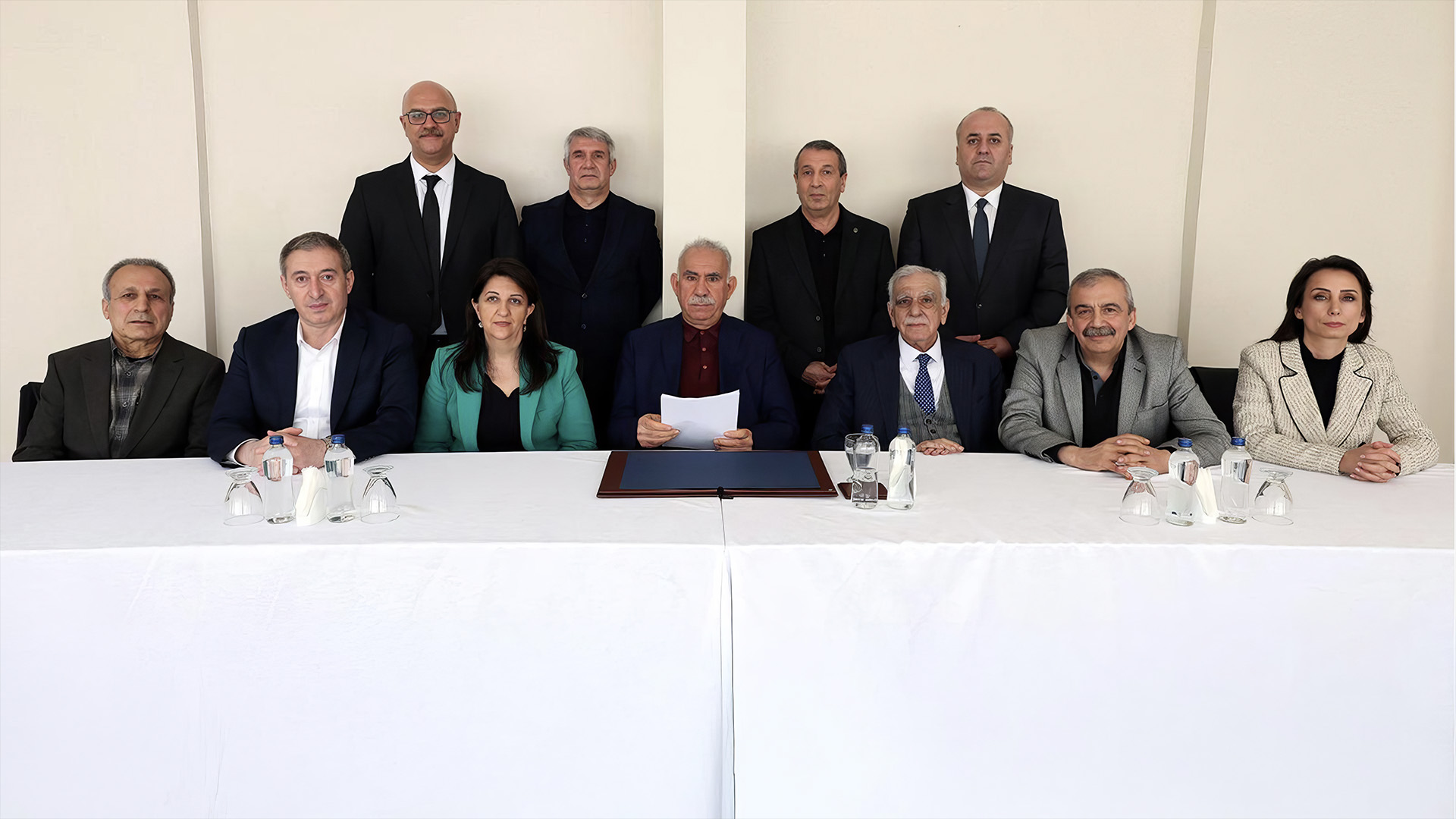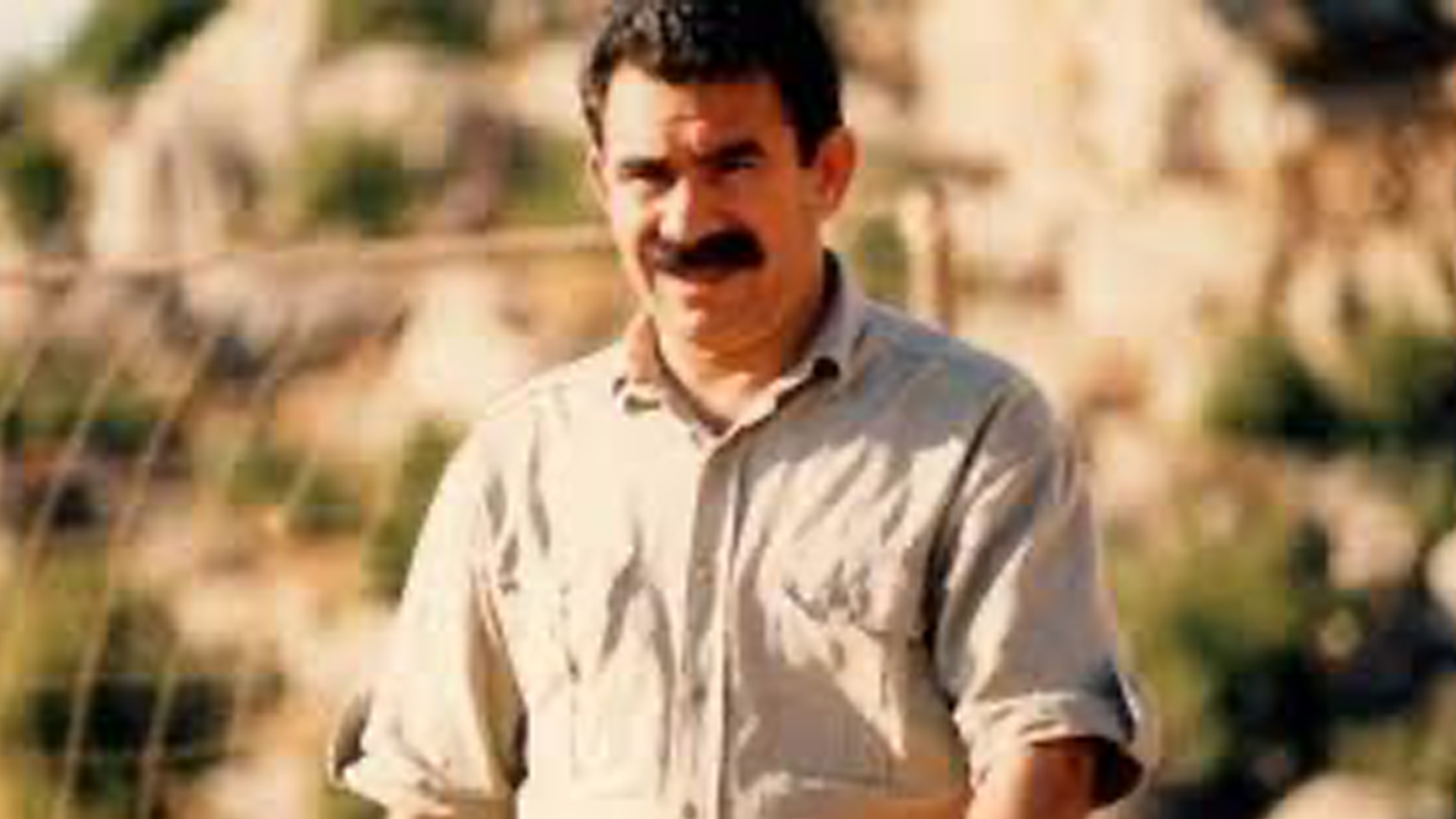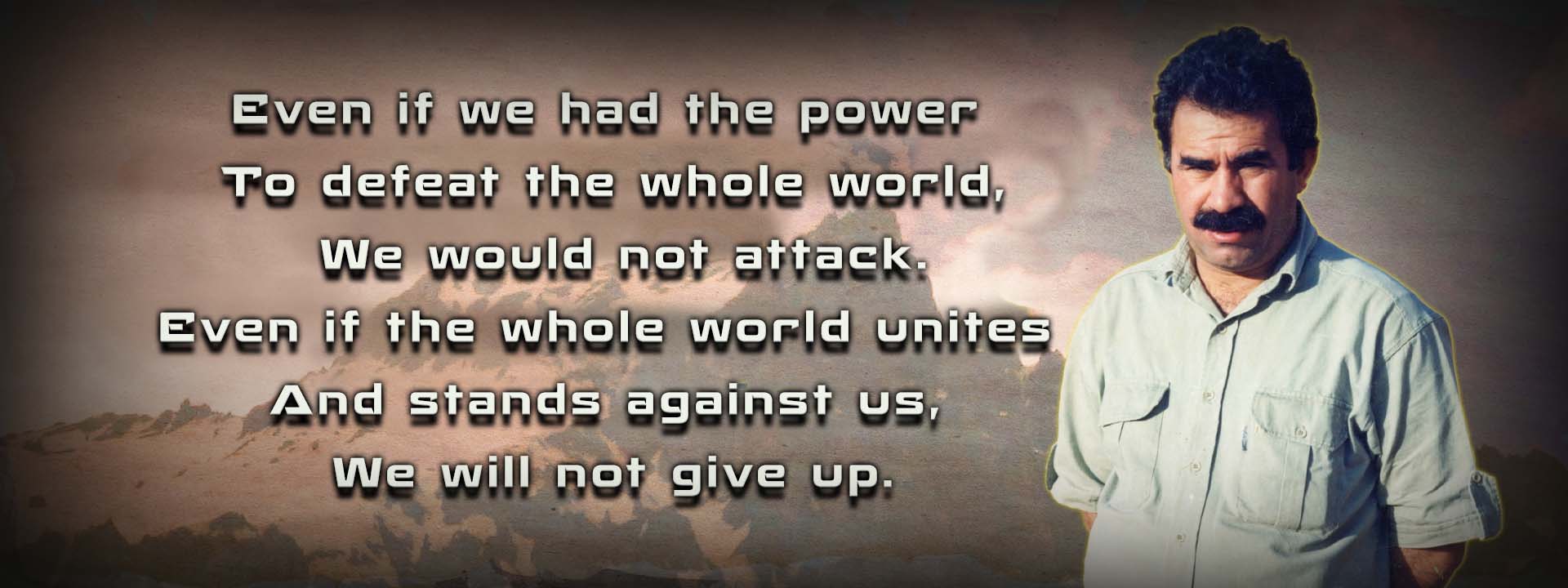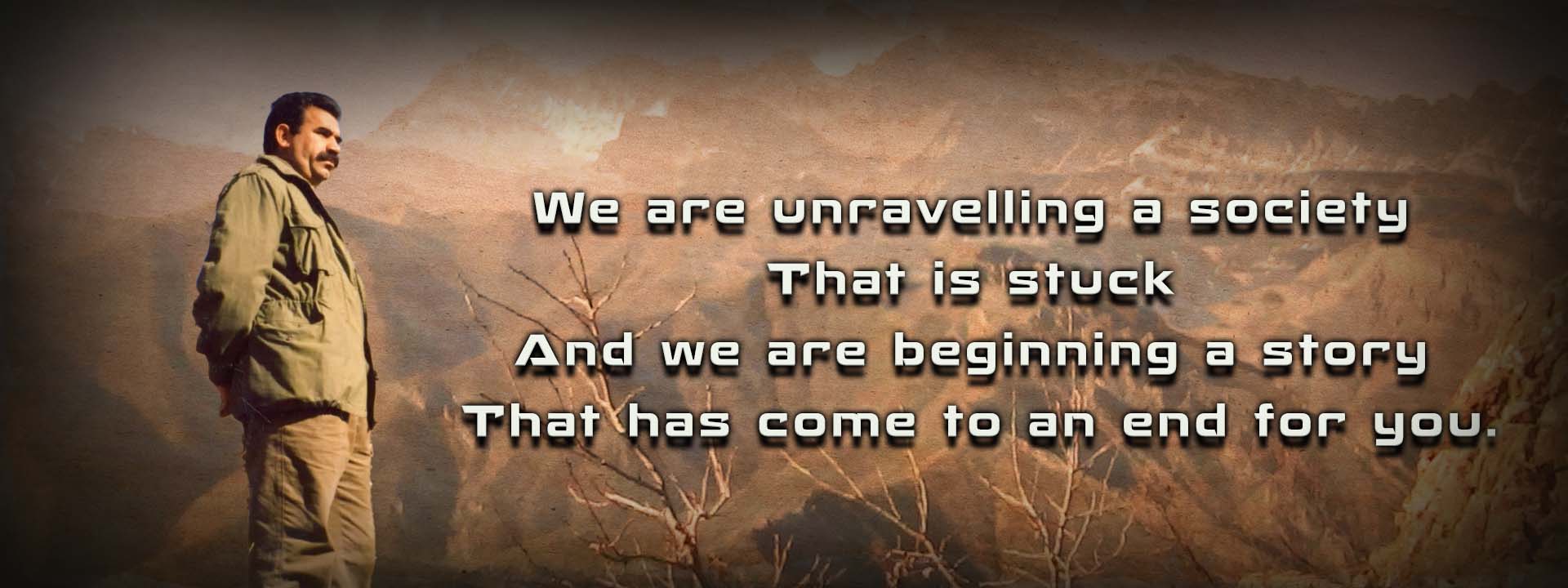
The PKK was born in the 20th century, in the most violent epoch of the history of humanity, amidst the two World wars, under the shadow of the experience of real socialism and the cold war around the World.
- Details

Millennia after the establishment of patriarchy (what I call the “first major sexual rupture”) women were once again dealt a blow from which they are still struggling to recover.
- Details

The vein of the revolution/counter revolution scheme of historical materialism, I suggest that we term the remarkable turning points in the history of the relationship between the sexes sexual rupture.
- Details

History has often witnessed grave errors, which have led to the exact opposite of the desired outcomes being fought for.
- Details

To all those friends whose heart is ablaze with the fire of Newroz for peace and freedom! Merhaba!
- Details

My dear women comrades...
For me, the freedom of women is more important than land and culture.
- Details



